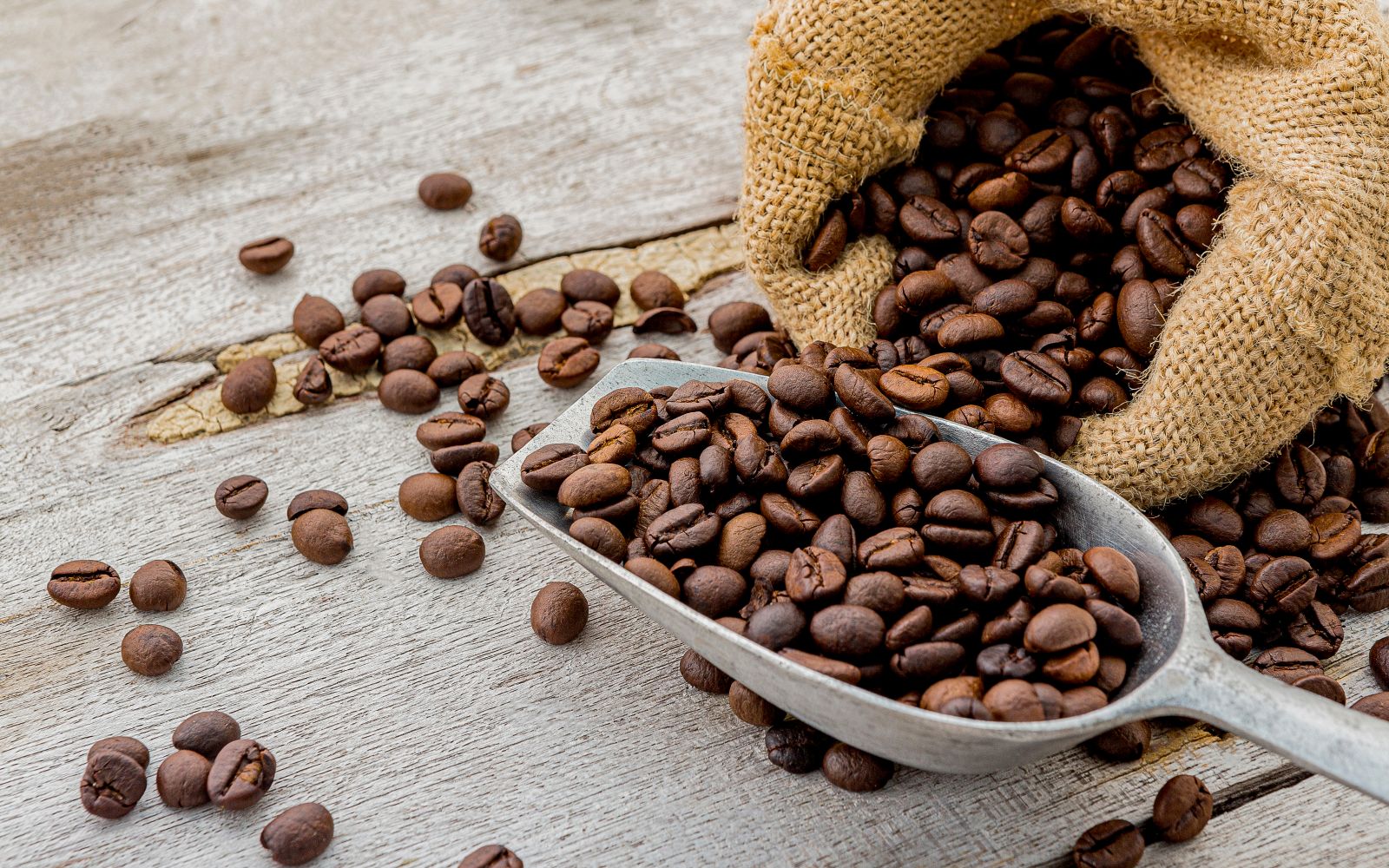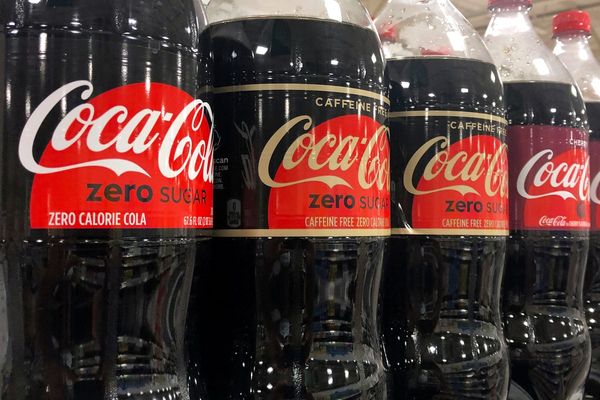
December arabica coffee (KCZ25) on Friday closed up +12.65 (+3.35%), and November ICE robusta coffee (RMX25) closed up +205 (+4.74%).
Coffee prices rallied sharply on Friday to 2-week highs. Concerns about dry weather in Brazil during the critical flowering phase of the 2026/27 coffee crop are pushing coffee prices higher today. Climatempo stated on Friday that dry conditions will intensify in the coffee-growing regions of Brazil over the next week, accompanied by above-normal temperatures, which could cause heat stress to some of the region's coffee trees.
Robusta coffee also has support from weather concerns in Vietnam. Heavy rains are expected in Vietnam's Central Highlands, the country's main coffee-growing region, over the next week due to remnants of Typhoon Bualoi. The heavy rain has caused flooding on some coffee farms and roads, keeping farmers out of their fields.
The 50% tariffs imposed on US imports from Brazil have led to a sharp drawdown in ICE coffee inventories, a bullish factor for coffee prices. ICE-monitored arabica inventories fell to a 1.5-year low of 538,606 bags on Friday, and ICE robusta coffee inventories fell to a 2.25-month low of 6,345 lots on Thursday. American buyers are voiding new contracts for purchases of Brazilian coffee beans due to the 50% tariffs imposed on US imports from Brazil, thereby tightening US supplies, as about a third of America's unroasted coffee comes from Brazil.
Coffee prices also garnered support after the National Oceanic and Atmospheric Administration (NOAA) on September 16 increased the likelihood of a La Niña weather system in the southern hemisphere from October to December to 71%, which could bring excessive dry weather to Brazil and harm the 2026/27 coffee crop. Brazil is the world's largest producer of arabica coffee.
Coffee prices found support after Conab, Brazil's crop forecasting agency, cut its Brazil 2025 arabica coffee crop estimate on September 4 by -4.9% to 35.2 million bags from a May forecast of 37.0 million bags. Conab also reduced its total Brazil 2025 coffee production estimate by 0.9% to 55.2 million bags, from a May estimate of 55.7 million bags.
In a bullish factor, the International Coffee Organization (ICO) reported on September 3 that global July coffee exports declined -1.6% year-over-year (y/y) to 11.6 million bags, and cumulative October-July coffee exports fell -0.3% y/y to 115.615 million bags.
Reduced exports from Brazil are supporting prices. On August 6, Brazil's Trade Ministry reported that Brazil's July unroasted coffee exports fell -20.4% y/y to 161,000 MT. In related bullish news, exporter group Cecafe reported that Brazil's green coffee exports in July fell -28% y/y to 2.4 million bags. Cecafe reported that July arabica exports fell -21% y/y, while robusta exports plunged -49% y/y. Cecafe said Brazil's July coffee exports fell -28% to 2.7 million bags, and that coffee shipments during Jan-July fell -21% to 22.2 million bags.
Recent rainfall in Brazil has temporarily eased dry conditions. Somar Meteorologia reported Monday that Brazil's largest arabica coffee-growing area, Minas Gerais, received 25.9 mm of rain during the week ended September 27, or 104% of the historical average. The month of September is the critical flowering period for Brazil's coffee trees.
A bumper robusta coffee crop in Vietnam is bearish for prices. Vietnam's 2025/26 coffee production is expected to climb +6% y/y to 1.76 MMT, or 29.4 million bags, a 4-year high. Also, the Vietnam National Statistics Office reported September 8 that Vietnam's Jan-Aug 2025 coffee exports were up +7.8% y/y to 1.141 MMT. Vietnam is the world's largest producer of robusta coffee.
The USDA's Foreign Agriculture Service (FAS) projected on June 25 that world coffee production in 2025/26 will increase by +2.5% y/y to a record 178.68 million bags, with a -1.7% decrease in arabica production to 97.022 million bags and a +7.9% increase in robusta production to 81.658 million bags. FAS forecasted that Brazil's 2025/26 coffee production will increase by +0.5% y/y to 65 million bags and that Vietnam's 2025/26 coffee output will rise by 6.9% y/y to a 4-year high of 31 million bags. FAS forecasts that 2025/26 ending stocks will climb by +4.9% to 22.819 million bags from 21.752 million bags in 2024/25. However, Volcafe is projecting a global 2025/26 arabica coffee deficit of -8.5 million bags, wider than the -5.5 million bag deficit for 2024/25 and the fifth consecutive year of deficits.







